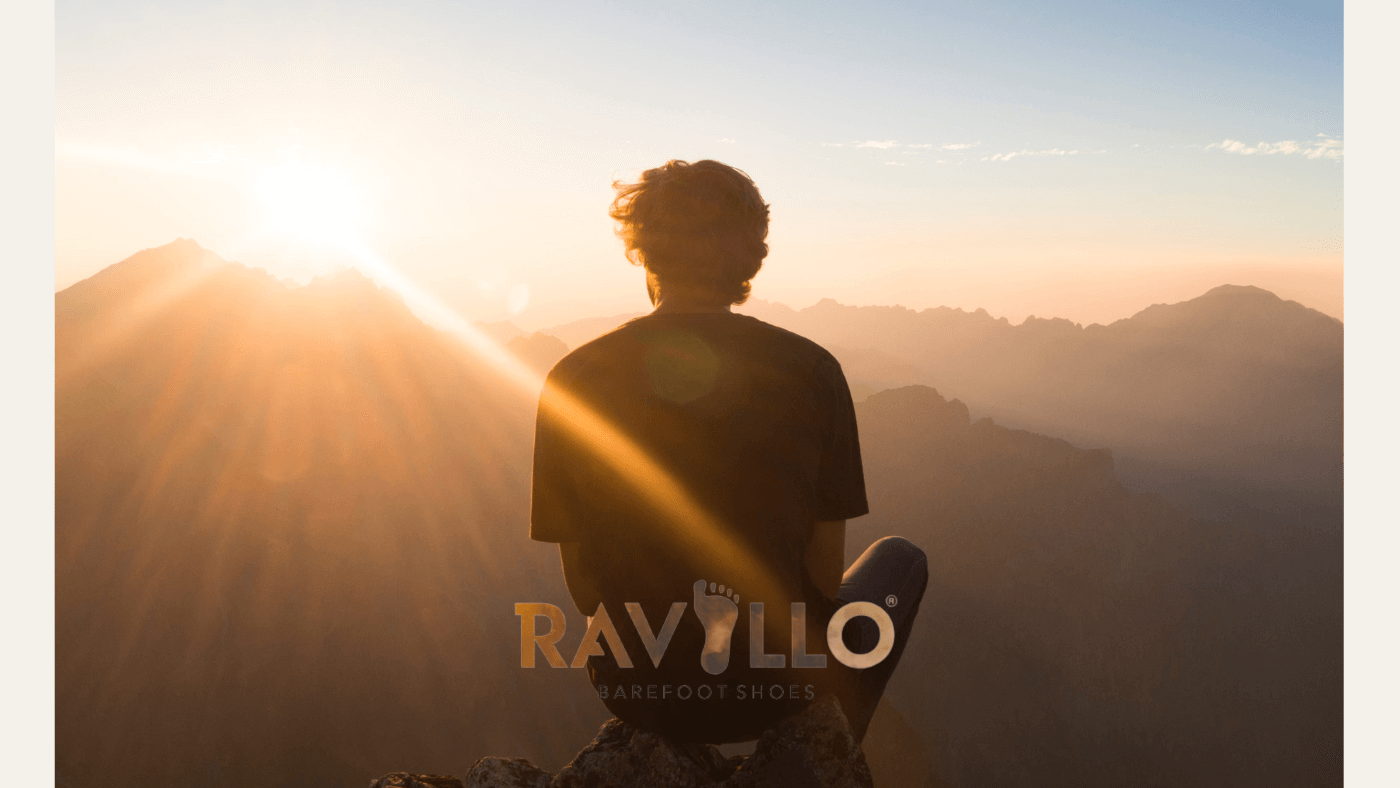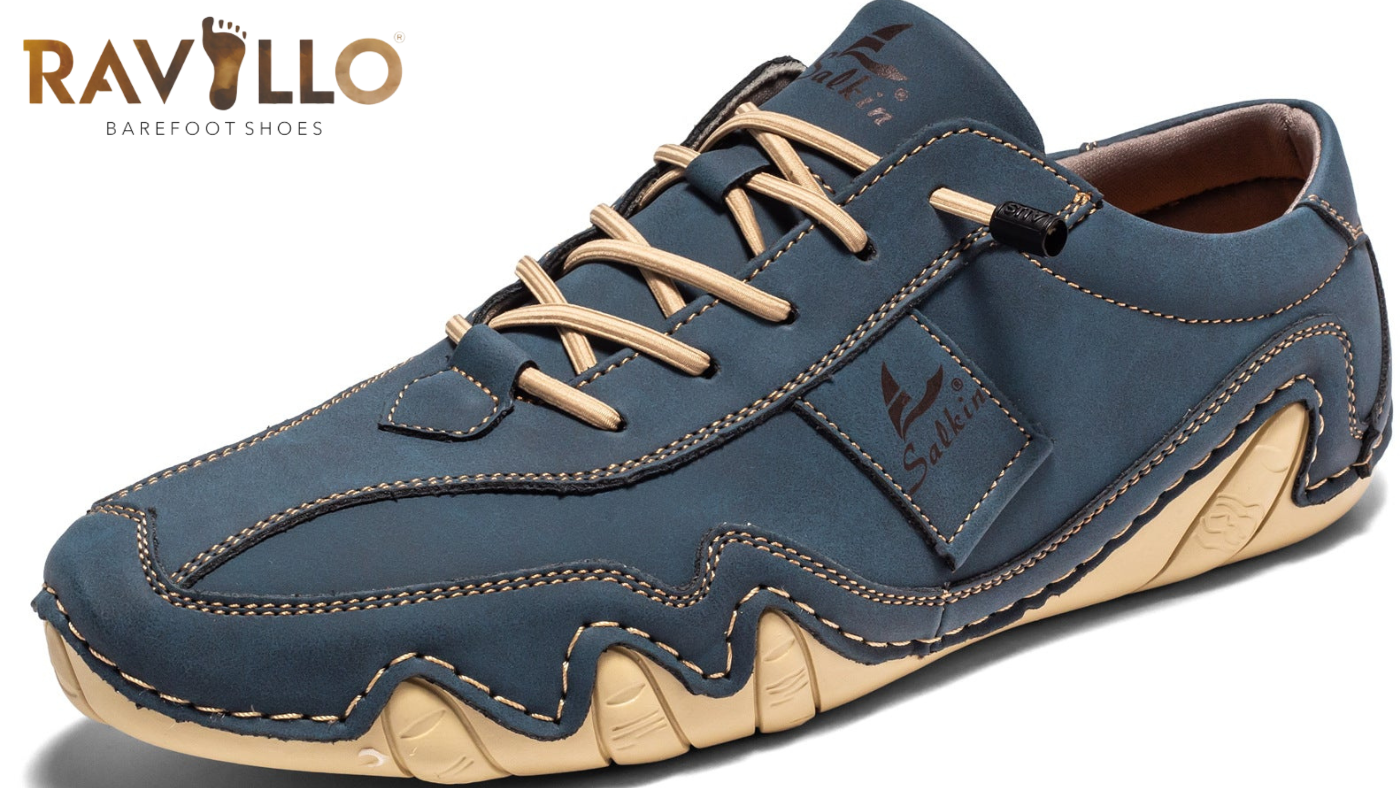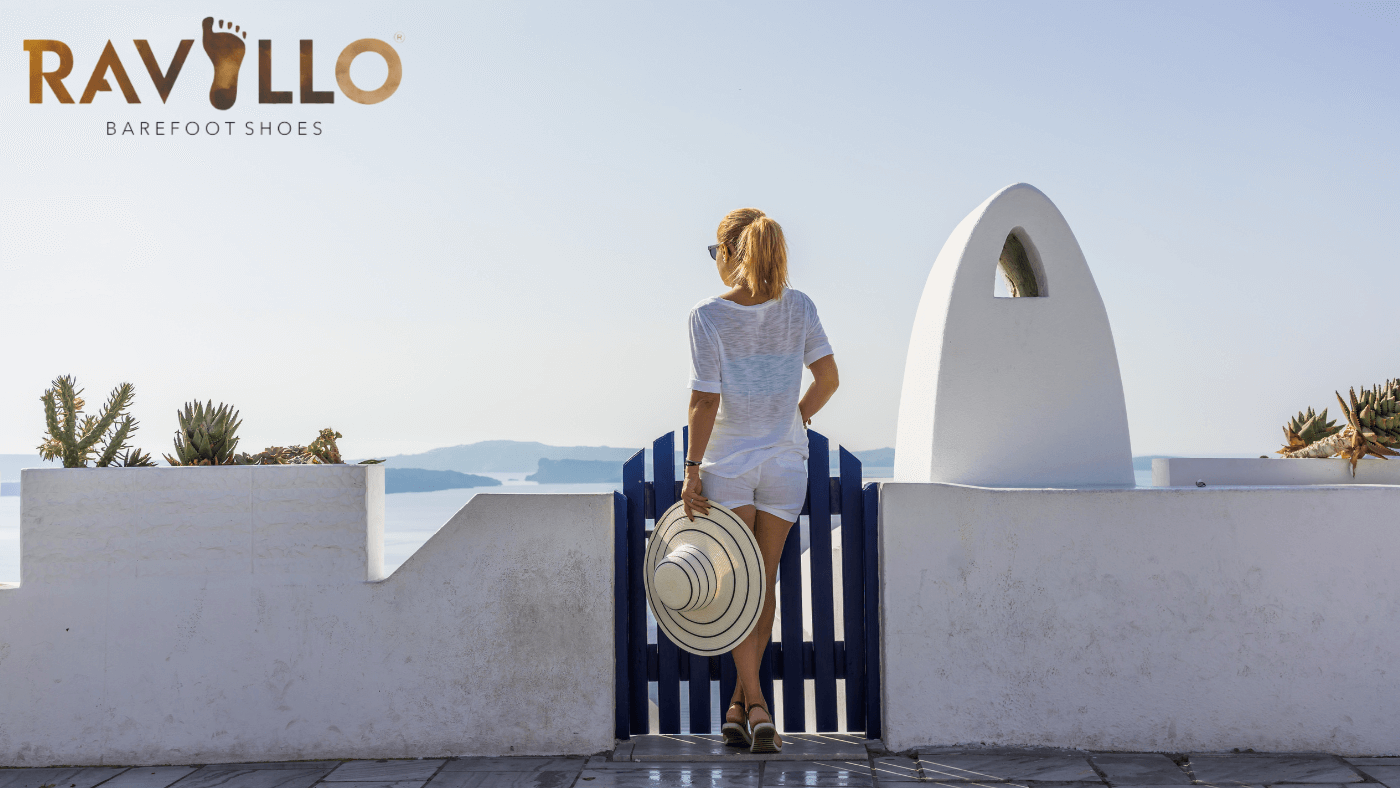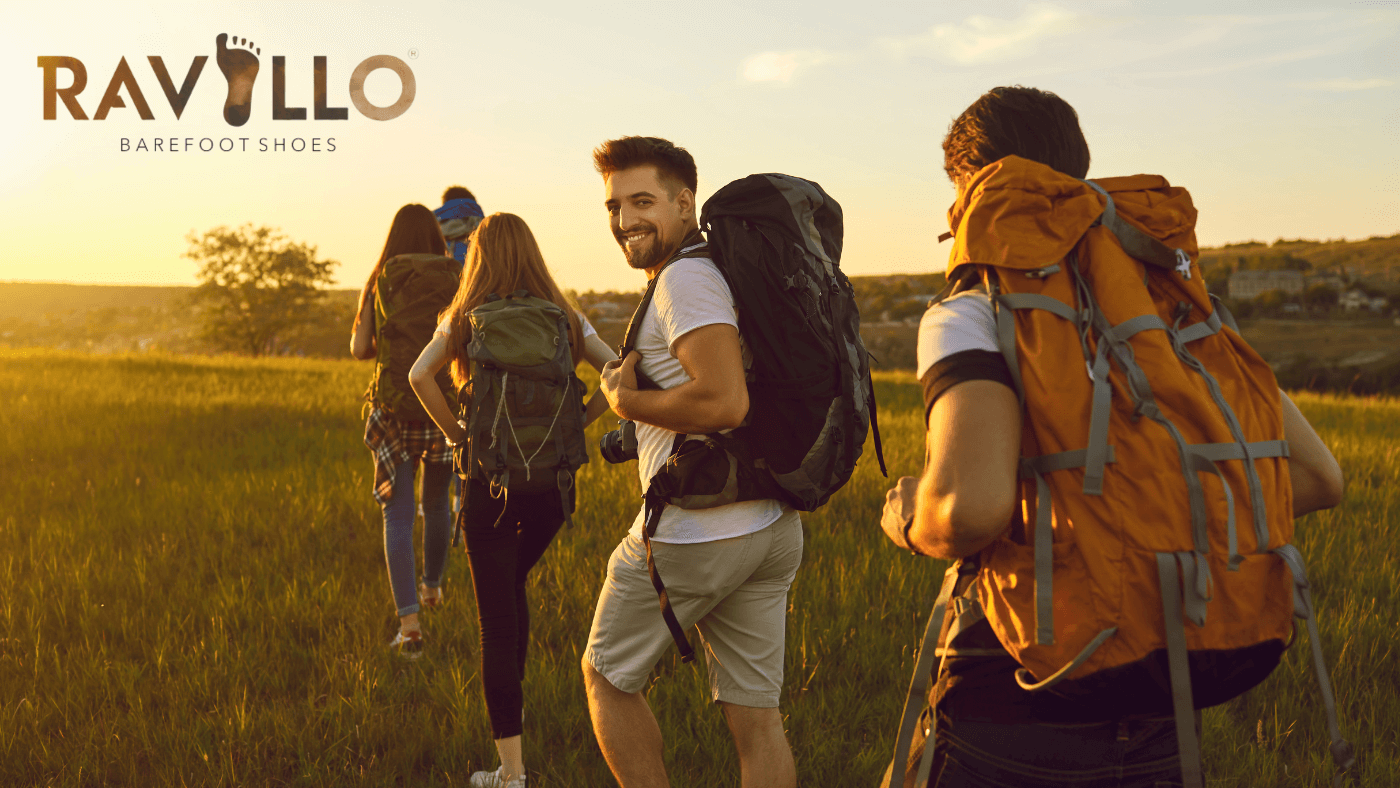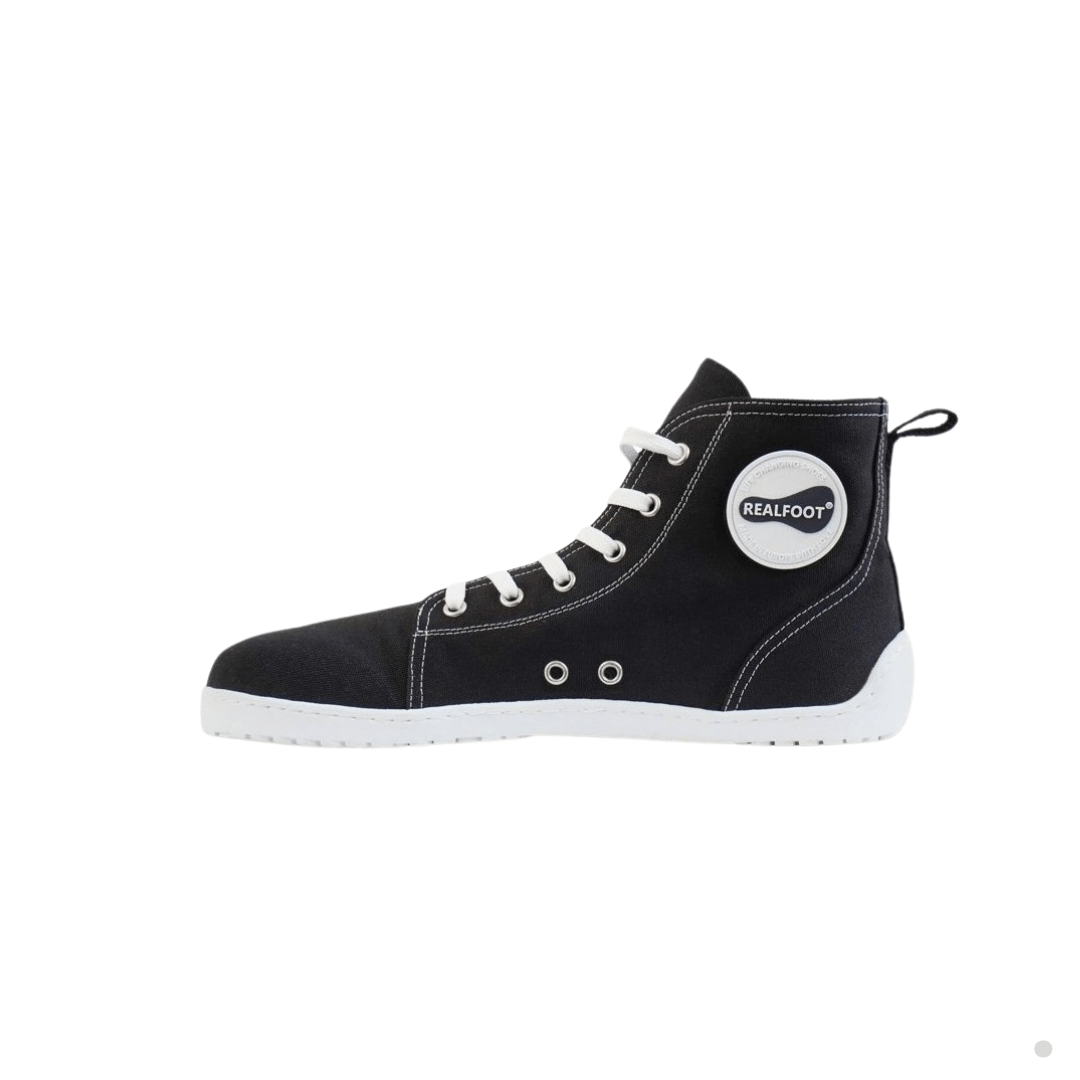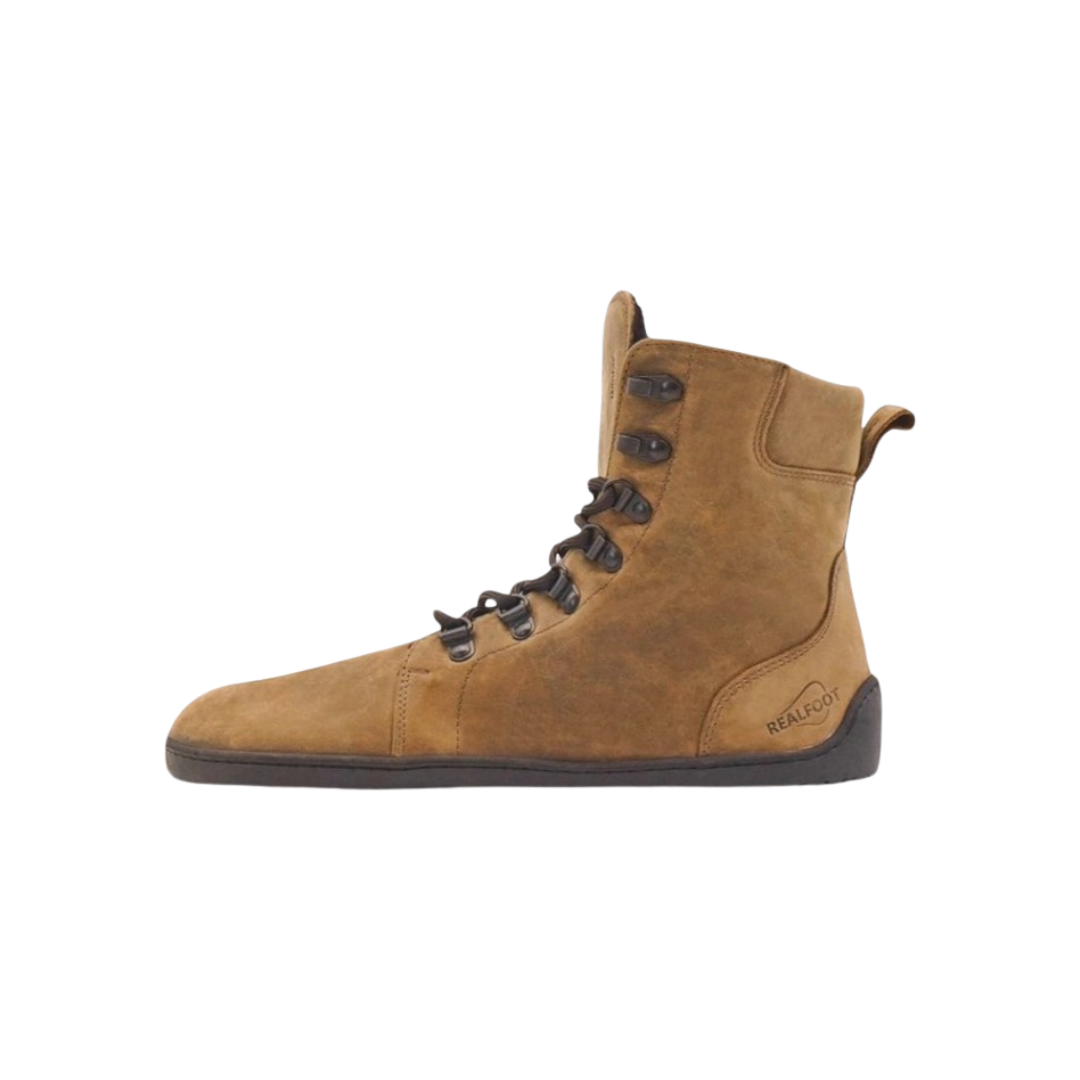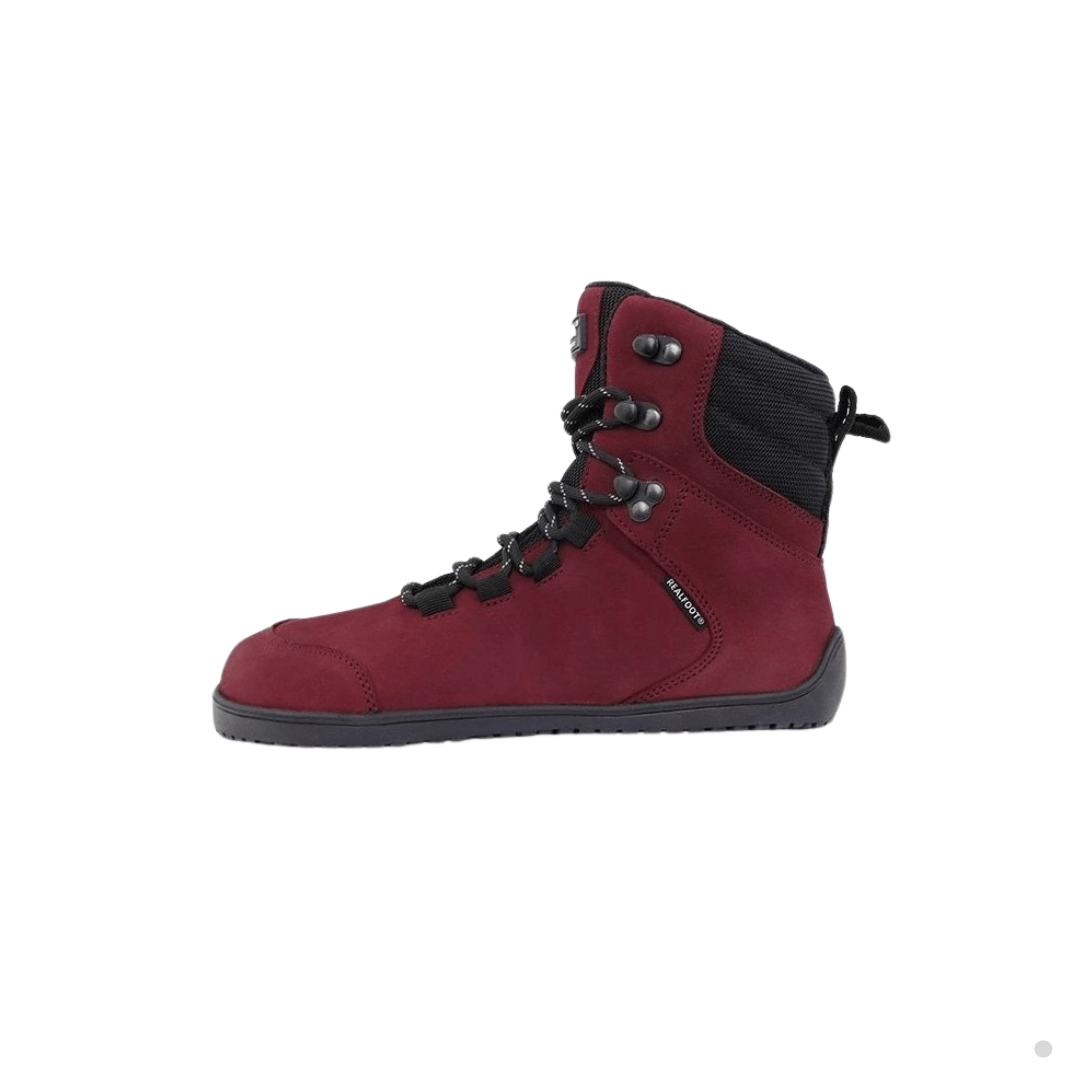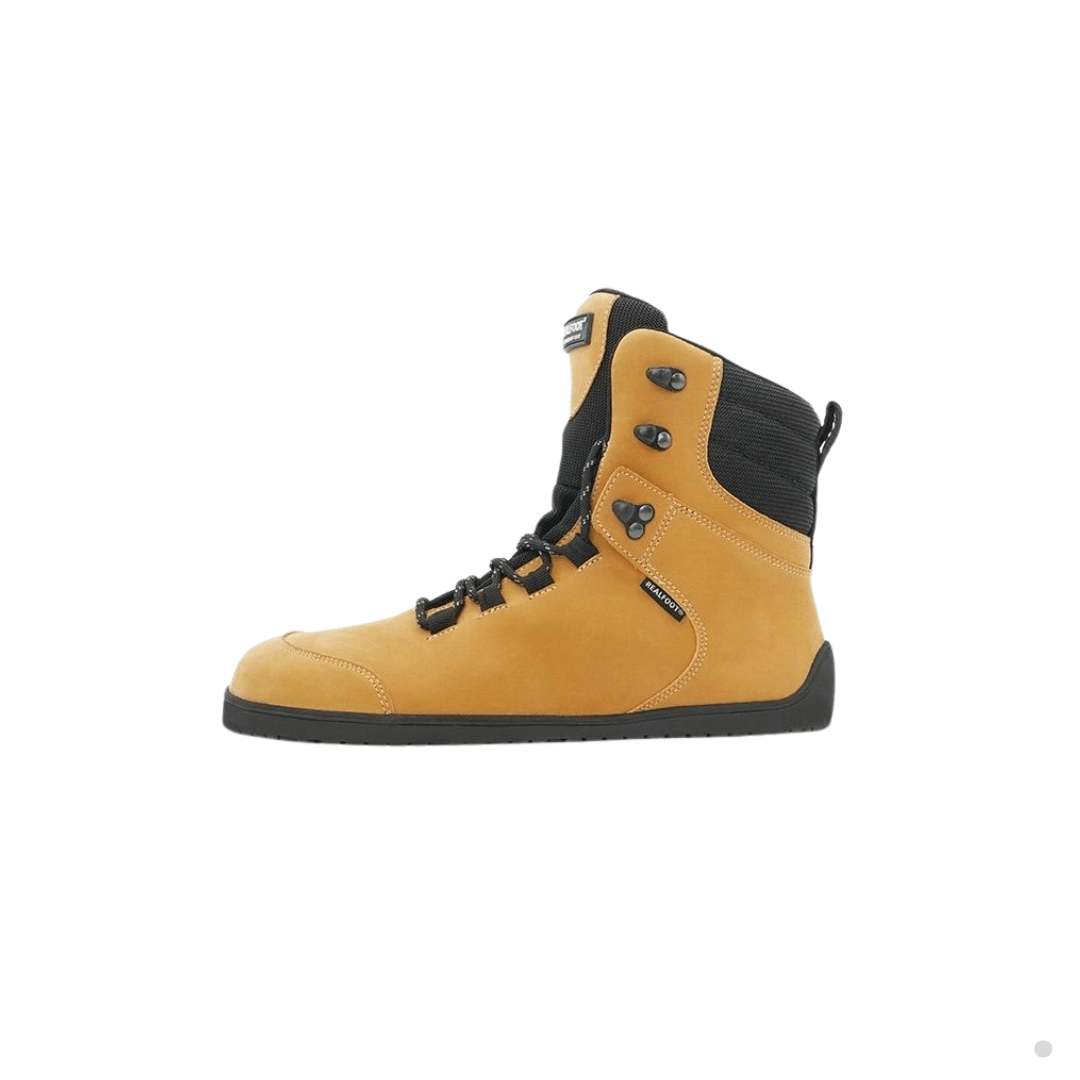Benefits of Barefoot Shoes: Discover the Key to Happy Feet
Are you tired of sore and achy feet? It's time to kick off those confining shoes and discover the secret to happy feet: the benefits of barefoot shoes. These specialized footwear options offer a unique and freeing experience for your feet, simulating the feeling of walking barefoot while providing protection and support.
The benefits of barefoot shoes have gained popularity in recent years due to their numerous advantages. Designed with a minimalist approach, these shoes allow your feet to move naturally and connect with the ground, promoting better posture, balance, and overall foot health. By stimulating the muscles and tendons in your feet, barefoot shoes can strengthen your arches and improve your foot's natural shock-absorbing abilities.
In addition to the physical benefits, barefoot shoes also offer a more sensory experience. With a thinner sole and increased flexibility, these shoes allow you to feel the texture of the surfaces you walk on, enhancing your connection with the world around you. Whether you're an avid runner, a fitness enthusiast, or simply someone looking for a more comfortable and natural footwear option, explore the benefits of barefoot shoes today and give your feet the freedom they deserve.
The Science Behind Barefoot Shoes
Barefoot shoes are designed to mimic the experience of walking barefoot while still providing protection and support. The concept behind these shoes is rooted in the idea of allowing your feet to move naturally and engage with the ground. By promoting a more natural gait and foot movement, barefoot shoes can help strengthen the muscles and tendons in your feet, leading to improved overall foot health.
Research has shown that traditional cushioned shoes can alter the natural mechanics of walking and running, potentially leading to issues such as weakened foot muscles and poor posture. Barefoot shoes, on the other hand, encourage a more minimalist approach, allowing for greater flexibility and a closer connection to the ground. This can help improve balance, stability, and proprioception, which is your body's awareness of its position in space.
Additionally, the benefits of barefoot shoes include promoting a more even distribution of pressure across your feet, reducing the likelihood of developing foot-related problems such as bunions, plantar fasciitis, and toe deformities. By allowing your feet to function more naturally, barefoot shoes can help prevent common foot ailments and promote long-term foot health.
Benefits of Wearing Barefoot Shoes
The benefits of wearing barefoot shoes extend beyond just foot health. These specialized footwear options can also have positive effects on your overall physical well-being. By promoting a more natural foot movement, barefoot shoes can help improve your posture and alignment, reducing the strain on your joints and muscles.
Furthermore, the sensory feedback provided by barefoot shoes can enhance your balance and coordination. The increased proprioceptive input from the ground can help your body better adjust to uneven surfaces and changes in terrain, ultimately improving your stability and reducing the risk of falls.
In addition, many barefoot shoe enthusiasts report feeling more connected to their surroundings when wearing these shoes. The thinner sole and increased flexibility of barefoot shoes allow you to experience the textures and sensations of the ground beneath you, fostering a deeper connection with nature and the environment.
Improving Foot Strength and Posture with Barefoot Shoes
One of the key benefits of barefoot shoes is the potential to improve foot strength and posture over time. Traditional cushioned shoes can restrict the natural movement of your feet, leading to weakened muscles and imbalances. By transitioning to barefoot shoes, you can help retrain your feet to move more freely and engage the muscles that may have become underutilized.
The minimalist design of barefoot shoes encourages a more natural foot strike pattern, which can help strengthen the muscles in your feet, ankles, and lower legs. This increased strength can improve your overall posture and alignment, reducing the risk of common issues such as overpronation or supination.
Furthermore, the proprioceptive feedback provided by barefoot shoes can help your body better sense its position in space, leading to improved balance and coordination. By wearing barefoot shoes regularly, you can enhance the stability of your feet and lower limbs, which can positively impact your overall movement patterns and reduce the risk of injuries.
Enhanced Sensory Feedback and Balance
Barefoot shoes offer a unique sensory experience that traditional footwear cannot replicate. The thinner sole and increased flexibility of barefoot shoes allow for greater sensory feedback from the ground, giving you a more intimate connection with your environment. This enhanced sensory input can improve your balance and proprioception, helping you navigate different terrains with ease.
When wearing barefoot shoes, your feet are able to better sense changes in surface textures and terrain, allowing your body to make quick adjustments to maintain stability. This heightened awareness can be particularly beneficial for activities that require agility and coordination, such as trail running or hiking on uneven terrain.
In addition, the sensory feedback provided by barefoot shoes can help you develop a more efficient and natural gait pattern. By allowing your feet to move more freely and engage with the ground, you can improve your overall movement quality and reduce the risk of overuse injuries associated with poor biomechanics.
Injury Prevention and Rehabilitation with Barefoot Shoes
The benefits of barefoot shoes can play a valuable role in both injury prevention and rehabilitation. By promoting a more natural foot movement and strengthening the muscles in your feet and lower legs, barefoot shoes can help reduce the risk of common overuse injuries, such as plantar fasciitis, shin splints, and stress fractures.
For individuals recovering from foot or lower limb injuries, transitioning to barefoot shoes can help rebuild strength and proprioception in the affected areas. The minimalist design of barefoot shoes encourages a more even distribution of pressure across the foot, which can help alleviate strain on injured tissues and promote healing.
Furthermore, the enhanced sensory feedback provided by barefoot shoes can aid in the rehabilitation process by improving balance, coordination, and movement quality. By wearing barefoot shoes during recovery, you can retrain your body to move more efficiently and reduce the risk of reinjury in the future.
Choosing the Right Barefoot Shoes for Different Activities
When selecting barefoot shoes for different activities, it's important to consider factors such as terrain, cushioning, and support. For activities that involve running or walking on rugged terrain, look for barefoot shoes with a durable outsole and protective toe cap to guard against rocks and debris.
If you plan to use barefoot shoes for indoor activities such as weightlifting or yoga, opt for a shoe with minimal cushioning and a secure fit to ensure stability and support during static movements. For water-based activities like paddleboarding or kayaking, choose barefoot shoes with quick-drying materials and a grippy outsole for traction on wet surfaces.
Additionally, consider the level of flexibility and ground feel you prefer in barefoot shoes. Some models offer a barefoot-like experience with a thin sole and maximum flexibility, while others provide slightly more cushioning for enhanced comfort during longer activities. Choose a pair of barefoot shoes that aligns with your activity level and personal preferences to optimize performance and comfort.
Transitioning to Barefoot Shoes - Tips and Tricks
Transitioning to barefoot shoes can be a gradual process that allows your feet and lower legs to adapt to the new movement patterns. Start by wearing barefoot shoes for short periods each day, gradually increasing the duration as your muscles and tendons strengthen. Listen to your body and be mindful of any discomfort or signs of overuse to avoid injury.
During the transition period, focus on exercises that target the muscles in your feet and lower legs, such as toe scrunches, calf raises, and ankle circles. These exercises can help improve strength and mobility in the areas that may have become underdeveloped from wearing traditional footwear.
It's also important to pay attention to your running or walking form when wearing barefoot shoes. Aim for a midfoot or forefoot strike pattern to reduce impact on your joints and promote a more efficient gait. Practicing mindfulness and body awareness can help you make subtle adjustments to your movement patterns and enhance the benefits of wearing barefoot shoes.
Common Misconceptions About Barefoot Shoes
Despite their growing popularity, barefoot shoes are still met with some misconceptions and myths. One common misconception is that barefoot shoes offer no protection for your feet, leaving them vulnerable to injury. In reality, many barefoot shoes feature durable outsoles and protective features to shield your feet from sharp objects and rough terrain.
Another misconception about barefoot shoes is that they are only suitable for running or athletic activities. While barefoot shoes are popular among runners and fitness enthusiasts, they can also be worn for everyday activities such as walking, hiking, or even casual wear. The versatility of barefoot shoes makes them a practical option for various lifestyles and preferences.
Some individuals believe that transitioning to barefoot shoes will automatically improve their foot health without any additional effort. While barefoot shoes can offer numerous benefits for foot strength and posture, it's important to complement wearing these shoes with proper foot care and exercises to maximize their effectiveness. Building a strong foundation of foot health through a comprehensive approach will yield the best results in the long run.
Conclusion - Embracing the Benefits of Barefoot Shoes
In conclusion, the benefits of barefoot shoes offer a holistic approach to foot health and overall well-being. By allowing your feet to move naturally and engage with the ground, barefoot shoes can strengthen your muscles, improve your posture, and enhance your balance and proprioception. The sensory feedback provided by barefoot shoes can deepen your connection with the environment and promote a more mindful approach to movement.
Whether you're looking to prevent injuries, rehabilitate existing foot conditions, or simply enjoy a more natural and comfortable footwear option, barefoot shoes can offer a range of benefits for people of all ages and activity levels. By understanding the science behind barefoot shoes, choosing the right pair for your needs, and gradually transitioning to wearing them, you can unlock the full potential of barefoot footwear and give your feet the freedom they deserve.






